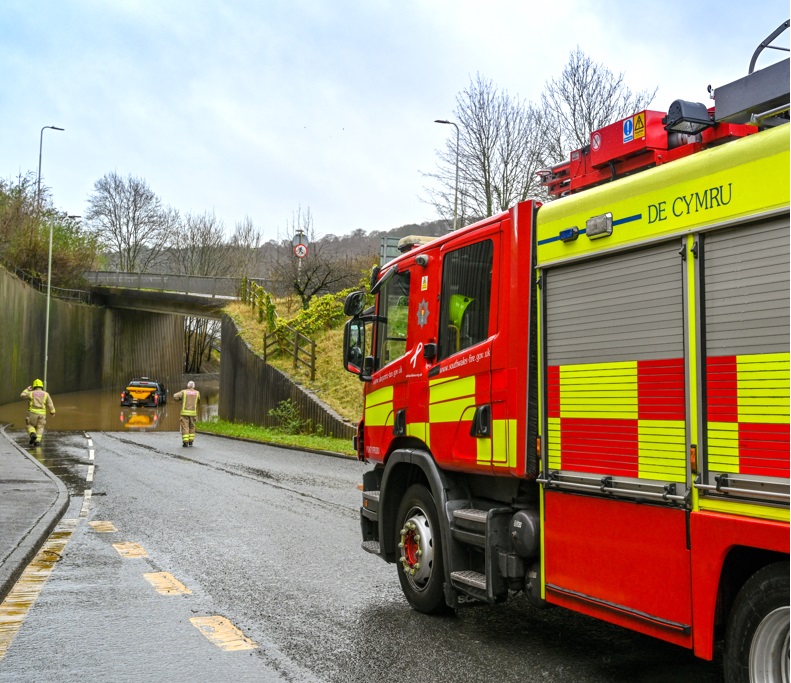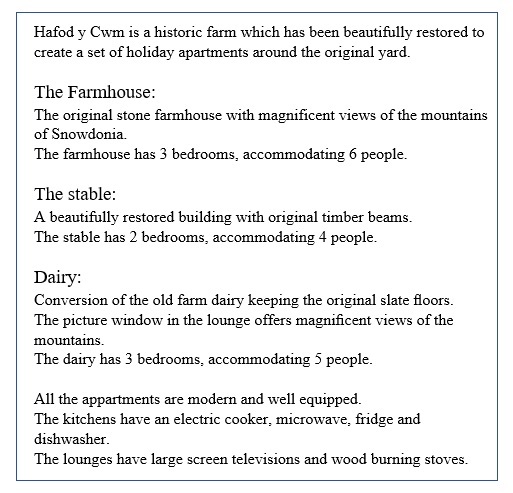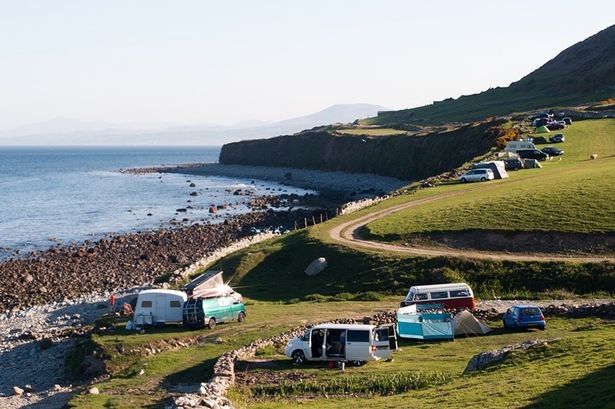Floods
Climate change is the main reason for extreme weather in Wales.
Severe storms affect the country every year.
Buildings can be damaged by flood water, lightning and strong winds.
There can be damage to coastal defences, leading to flooding in coastal towns and villages.
The Welsh Government spends millions on flood defence schemes.
However serious problems are still occurring, particularly in the South Wales valleys and alongside major rivers such as the Dovey and Severn.
Homes and businesses have been underwater in areas that had not seen flooding for decades.
Railway lines in central and north Wales have been damaged by floodwaters from rivers.
The railway along the coast near Harlech was damaged by storm waves from the sea.
It is obvious that Wales will need significant investment in new flood defence schemes.
Residents and businesses are living in fear of more floods.
Sandbags need to be delivered to every home that is at risk from floods.
Blocked drains need clearing urgently, as these can be a cause of flooding.
Careful management of the environment can reduce flood risks.
Forests and wetlands can release water slowly into rivers after a storm.
This reduces the peak flood levels downstream.
Translate the sentence:
Climate change is the main reason for extreme weather in Wales.
Suggested translation: (a number of alternatives acceptable)















